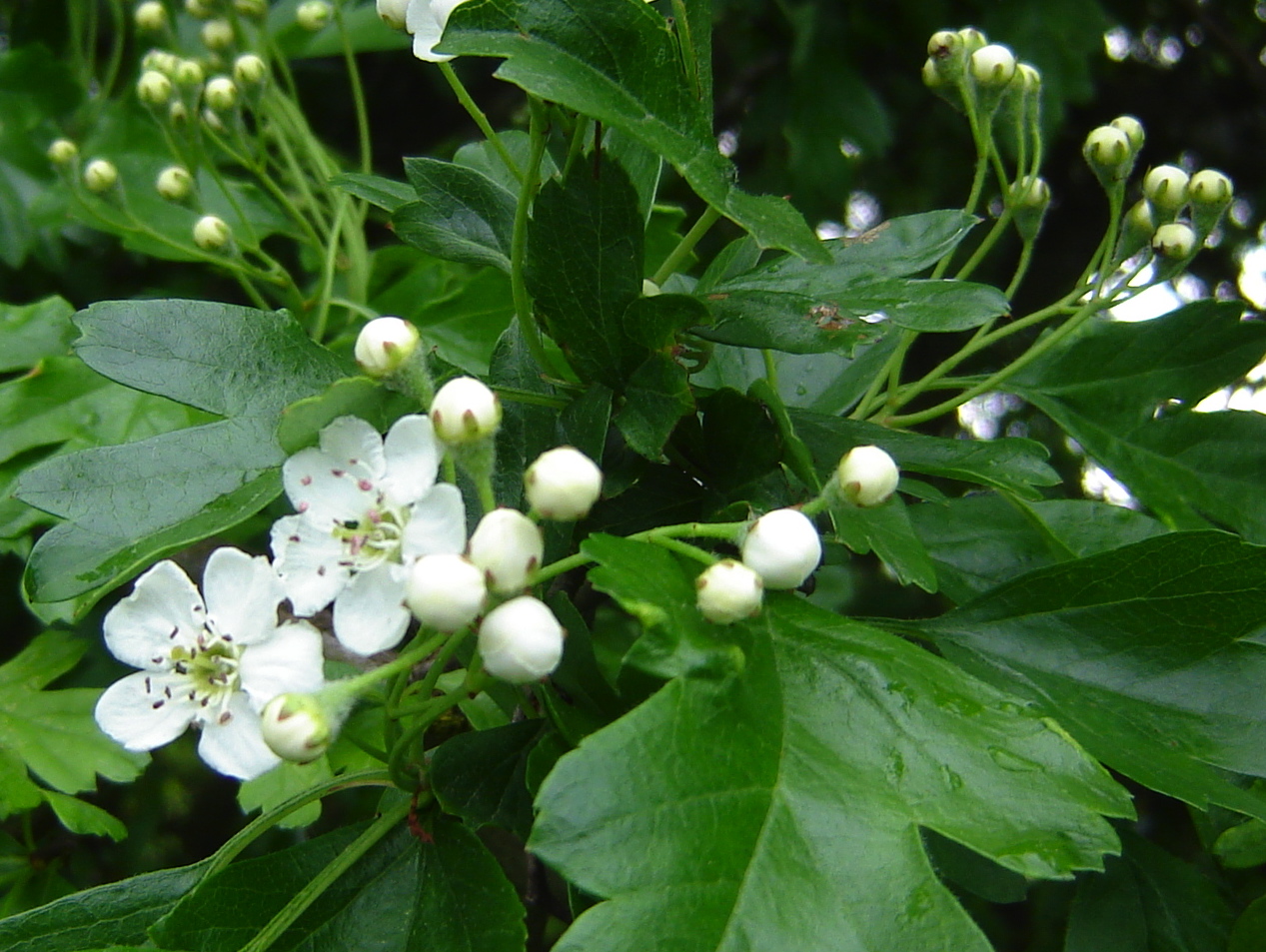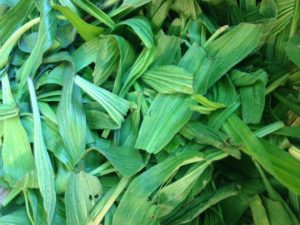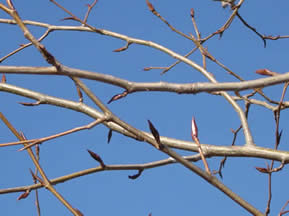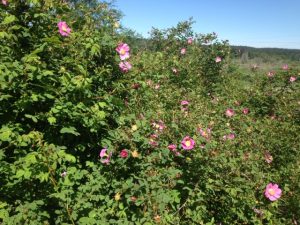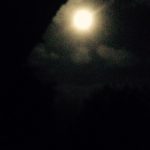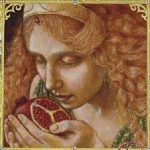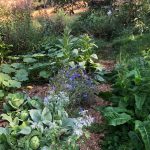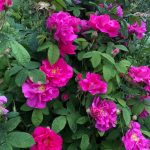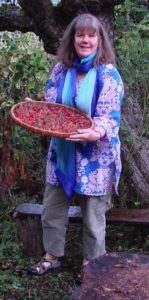I am a Wildcrafter
I began writing about wildcrafting yesterday and although I got a lot of my ideas into the writing, I felt like something was missing.
Then an apprentice graduate of mine came to pick me up and she and I and two small children went out to harvest plantain from our church’s grassy meadow. I felt like we were done and had gotten what I needed for infused oil but it appeared that the plantain was not done with us. It wanted us to keep picking. It was so happy to have us harvesting its leaves.
What I want to communicate in this essay about wildcrafting is how to be respectful of the earth and the plants, how to not over harvest etc. And……that the plants want us to harvest them. They are calling us to them. They are waiting and waiting for us to notice them and see what gifts they have for us.
I am a wildcrafter. I harvest plants mostly from my garden and on our land to make herbal preparations. I utilize these preparations to make salves and lotions, vinegars, sprays, tinctures. I have a small company where I sell products.
I also make herbal preparations for use by myself and my husband.
I have been noticing that more and more people are interested in harvesting wild plants for food and medicine. I have grown concerned that it is getting a little out of hand.
I feel very protective of our natural resources, our wild plants and their ability to continue.
I hear a lot of people on herbal forums asking if this plant or that plant is medicinal. Can I work with this plant? What can I do with this?
I understand the excitement about finding out you can gather and eat food right from the forest or the meadow…you don’t have to go to the store.
I can understand the amazing idea that you can heal yourself with wild plants…you don’t have to go to the doctor.
There is a respectful way to wildcraft plants. There is a sacred way to harvest.
Here is a list of things that I have learned to help me be a partner with plants instead of a taker of plants:
- Get to know the plants that you wish to harvest. Spend time with them observing them. Breathe with them and listen and see what wisdom they have for you. This isn’t just 15 minutes before harvesting that you are going to do this. I recommend, taking a year to get to know plants to which you are drawn, just a few.
- Find someone from which to learn practices of connecting with the plants. Help them harvest so that you can learn respectful ways.
- Ask permission before harvesting. If you are in the wild, find out if this is a place you
are permitted to harvest.
- Ask permission of the plant. Wait for an answer. Only harvest if you get a yes.
- When your harvesting is complete, say thank you.
- Don’t clear cut. I instruct my apprentices and students to pick here and there so it doesn’t even look like anything has been touched.
- Only harvest if there is an abundance. If there is very little, leave it. If there is just a moderate amount, only take what you need.
- Be very careful to not disturb the landscape when you are harvesting.
- Tend your gathering places. What is needed for these plants to continue?
- Don’t give away your gathering places. I will take apprentices and students to my gathering places at times, but I will not tell someone where to go to find a plant.
- Understand that when you are digging up a plant by the roots, you are giving death.
- Even though I said it before, I think this is the most important thing. Gratitude. Be thankful and gracious with the earth and the plants.
A story of wildcrafting:
Today I went out in my yard and gathered wild rose leaf and flower to make wild rose infused oil. When I looked our over the thicket of wild roses, it appeared there were so many to harvest. And yet, when I got down and stood before the roses, there weren’t that many. I looked and I listened and I knew to harvest this one and that one. I knew where to cut and I knew when to stop.
I am pretty confident now as a wildcrafter. I have learned to accept my vulnerability as part of the process. I felt this overwhelming sadness as I gathered the roses. I was alone and for some reason I felt very lonely. I felt like I needed more friends. And then I noticed the nettle, and the birch and beech trees. And they helped me remember that they are my friends.
It is vital to allow feelings to come forth when wildcrafting. What seems like a task of “let’s go out and pick some stuff” is really a dance with nature. The plants are communicating with us as we harvest. There are plants that are for us and plants that are not. There is wisdom in that invisible space that comes forth when we slow down and breathe with the plants. There is a timelessness that crosses centuries when we become present to the task of wildcrafting.
Take time to listen. The plants are teaching you.
May it be in Beauty.
